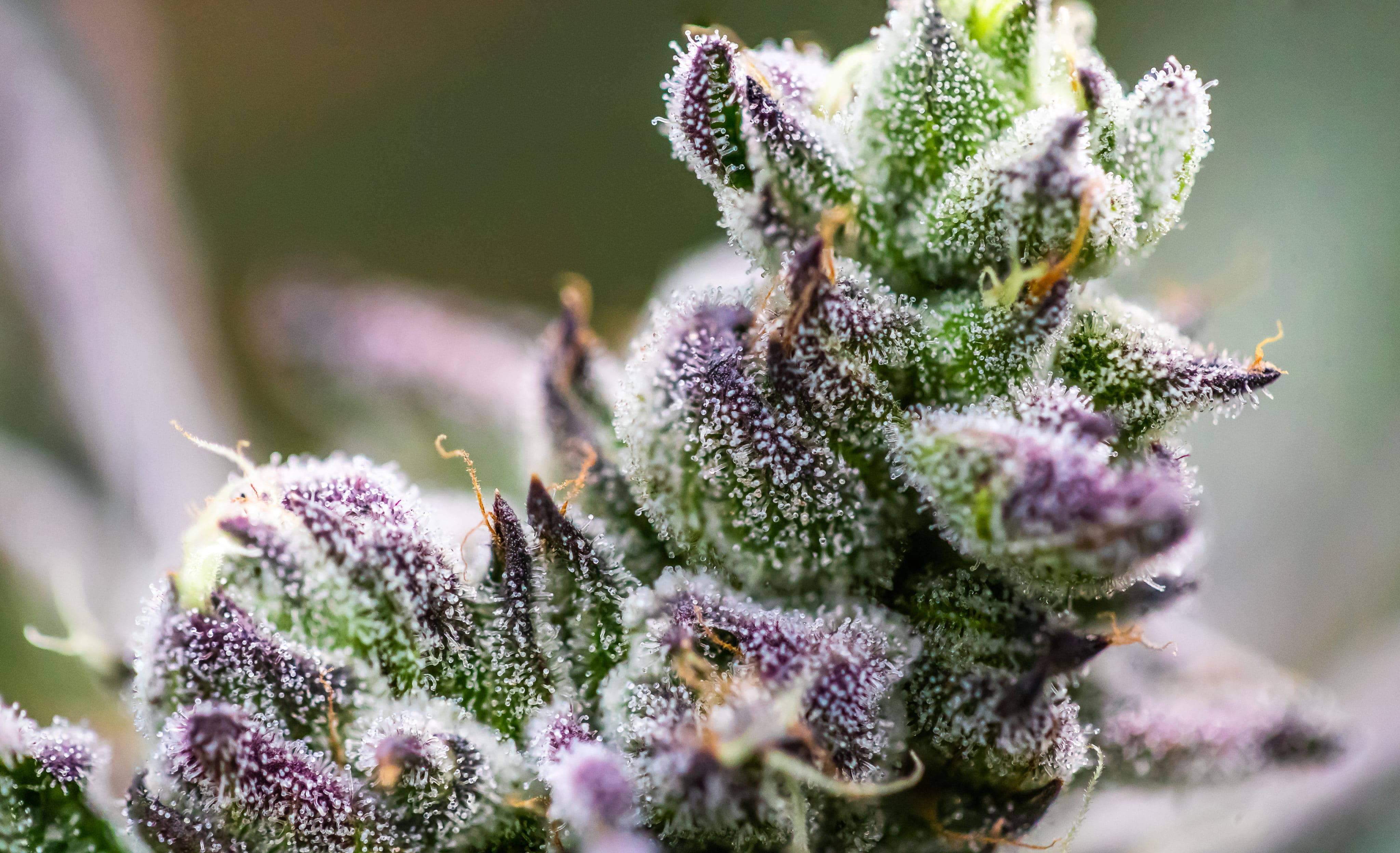Portland Weed Demand Hits Three-Year Low
FeaturedOregonTrending Stories July 13, 2022 MJ Shareholders 0

According to an Oregon Liquor and Cannabis Commission (OLCC) database, Portland, Oregon area pot sales hit the lowest number of sales in three years. However, some experts blame the drop in sales on the temporary pandemic hump.
In June 2022, retail cannabis shops across Multnomah County, the state’s most populous area, made the lowest monthly profit they have since early 2019—hitting just $27,000 on average.
The price of cannabis flower is the lowest it’s been since April 2019. The county’s average gram sells for just $4.29 a gram—quite a bit lower than you’d find in most other states. Some have blamed the drop in value on Oregon’s oversupply problem, while others say the state’s oversupply problem wasn’t quite so bad as reported.
Portland residents bought $21 million worth of flower in July 2020, in the middle of the pandemic—and it was the most cannabis ever purchased in the state in a single month.
In general, cannabis sales increased at a steady pace since they began in 2016, but they skyrocketed in 2020, partly due to working from home and stimulus checks. In the span of only five months, cannabis sales in the county increased by 79%. On average, cannabis shops raked in $48,000 per month in Multnomah County during the month of July 2020. But sales plunged shortly after, marking the lowest number recorded since June 2019.
Willamette Week profiled business owners in Portland who confirmed the stagnant sales.
Bret Born is owner of Northeast Portland-based cannabis shop Ascend, and acknowledged the drop in demand. “No one’s selling anything, which means no one’s buying anything,” Born told Willamette Week. “Vendors and shops are saying that this isn’t a gangbuster summer. Leading into the fall and winter, we could really be looking at tough times.”
Director of Analytics and Research for the OLCC, TJ Sheehy, said that besides the years of 2020 and 2021, 2022, which he believes was an anomaly, the sales trend is actually on course with the consumption trends dating to 2019.
“We had a big pandemic bump, but that has proved ephemeral. Now we’re back to normal,” Sheehy says. “But because we had that COVID-19 bump, businesses were responding to that when making their planting decisions, so that exacerbated the higher-supply issue.”
In addition, it turns out that a lot of people who could work at home found they also had more time to smoke weed, and many of the jobs are returning back to jobs at the office, so it’s not feasible anymore.
Beau Whitney, of research firm Whitney Economics, said that many Oregonians are suddenly finding they can no longer “work from stoned.”
“We’re pretty far away from stimulus payments with COVID-19, and inflation has crept up. I feel like, for a lot of people, cannabis dollars are discretionary dollars,” said Mason Walker, co-owner and CEO of East Fork Cultivars in Takilma. “People are tightening their belts a little bit.”
“I think everyone in the industry is feeling the slump right now and trying to figure out if it’s a temporary or permanent thing,” Walker said.
Equity efforts in the area remain strong. In May 2020, Dasheeda Dawson was named cannabis program supervisor for Portland, Oregon’s Office of Community and Civic Life. And even amid the pandemic, Dawson oversaw a social equity program and encountered newer challenges.
Despite the temporary drop in sales, slow and steady growth can be seen in the big picture of the viability of Portland’s cannabis market.
MJ Shareholders
MJShareholders.com is the largest dedicated financial network and leading corporate communications firm serving the legal cannabis industry. Our network aims to connect public marijuana companies with these focused cannabis audiences across the US and Canada that are critical for growth: Short and long term cannabis investors Active funding sources Mainstream media Business leaders Cannabis consumers











No comments so far.
Be first to leave comment below.